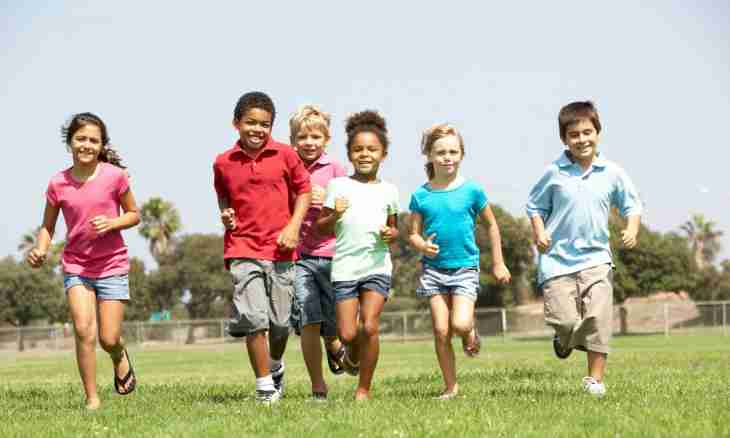Small children grow and develop under the special laws inapplicable to the adult. For assessment of development of the kid a number of indicators by most of which of pediatricians is guided is used.
Instruction
1. All children are individual and differ from each other in rates of physical development. Nevertheless, there are methods of assessment of physical and psychomotor development of the kid recognized around the world. Children's doctors determine by these methods how anthropometrical indicators of the child correspond to his age. Control of dynamics of development – an important task of the children's doctor and parents of the kid as in the presence of aberrations it is possible to carry out timely survey and to establish their reasons.
2. Physical development of the kid is estimated on the most important anthropometrical indicators: weight, growth, proportions of parts of a body, movement skills.
3. Growth of the child – the most important indicator of its normal development. Lag in growth – a disturbing symptom which cannot be disregarded at any age, since first weeks of life of the kid. The highest growth rates are observed at newborn children. Process of growth is not uniform: during the different age periods so-called jumps of growth meet. The child becomes more senior, the more slowly he grows. Standard tables of a parametrical or tsentilny scale are applied to assessment of this indicator. Growth of the newborn full-term baby averages 46-60 cm. For the first two months of life the child adds about 6 cm, and then growth rates begin to decrease. The following jump of growth is observed after a year. On average for the first year growth of the kid increases by 20-25 cm. By third year of life the child becomes 12-13 cm higher, and by four years the growth rates decrease – the kid grows up on only 7-8 cm. Lag in growth – symptom of numerous diseases and the shortage of nutrients, vitamins of minerals. If growth of the kid does not correspond to average values of tables, it is necessary to undergo inspection at the doctor.
4. The second important indicator of children's development – body weight. The weight of the child changes under the influence of the mass of factors, however there are average values recognized as limits of norm. The body weight of the full-term newborn baby is 2600-4500. In the first three months of life the most intensive increase of weight is observed. To six-month age of the loudspeaker of set of weight begins to decrease. By a year the healthy child weighs on average 10-11 kg. Small aberrations are not pathology as weight – the labile indicator caused in many respects by specific features of a children's organism.
5. Motive functions – an indicator on which psychomotor development of the child is estimated. Right after the birth, natural physiological reflexes of the kid are estimated. By two months the child has to hold surely the head, his movements become less chaotic and chaotic, the kid can make attempts to grab a toy and to hold it in hands. By three months many children begin to turn over with a back on a stomach, however the child can make this action for the first time and at five-months age that is not considered an aberration. In 6 months the child usually begins to creep and make attempts to sit down, and in 7 months these attempts have to be crowned with success. In 9 months the child is already able to creep, turn over from a back on a stomach, and then from a stomach on a back, to sit down, to stand and take the first steps at a support. Most of kids take independent steps without support in 12 months.
6. It is important to remember that any of indicators of children's physical development is not a reason for concern. Development of the child is estimated in a complex of a set of signs with obligatory accounting of specific features of an organism.

